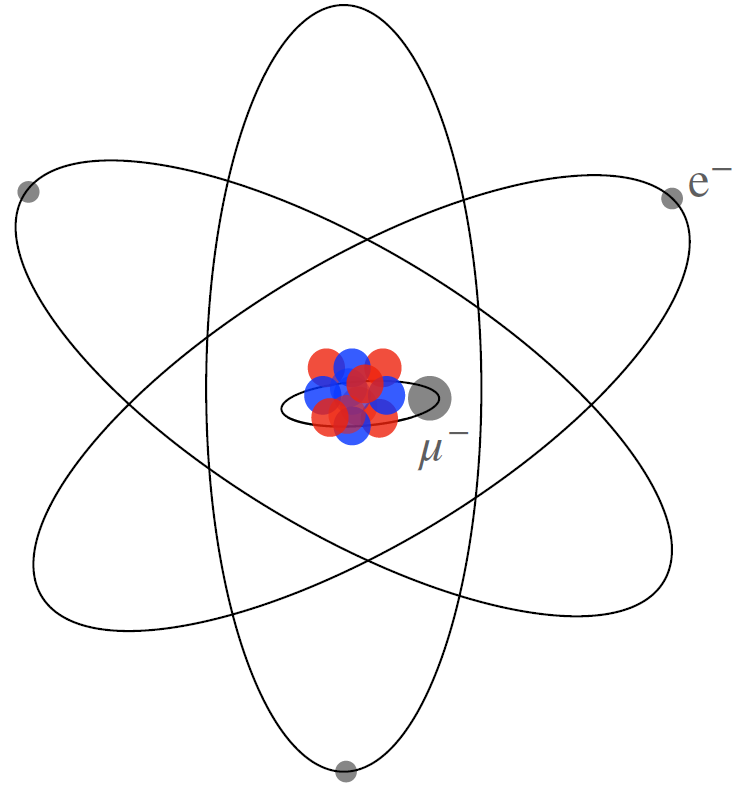
An unusual form of caesium atom is helping a University of Queensland-led research team unmask unknown particles that make up the Universe.
Dr Jacinda Ginges, from UQ’s School of Mathematics and Physics, said the unusual atom – made up of an ordinary caesium atom and an elementary particle called a muon – may prove essential in better understanding the Universe’s fundamental building blocks.
“Our Universe is still such a mystery to us,” Dr Ginges said.
“Astrophysical and cosmological observations have shown that the matter we know about –commonly referred to as ‘Standard Model’ particles in physics – makes up only five percent of the matter and energy content of the Universe.
“Most matter is ‘dark’, and we currently know of no particle or interaction within the Standard Model that explains it.
“The search for dark matter particles lies at the forefront of particle physics research, and our work with caesium might prove essential in solving this mystery.”
The work may also one day improve technology.
“Atomic physics plays a major role in technologies we use every day, such as navigation with the Global Positioning System (GPS), and atomic theory will continue to be important in the advancement of new quantum technologies based on atoms,” Dr Ginges said.
Through theoretical research, Dr Ginges and her team have improved the understanding of the magnetic structure of caesium’s nucleus, its effects in atomic caesium and the effects of the weird and wonderful muon.
 “A muon is basically a heavy electron – 200 times more massive – and it orbits the nucleus 200 times closer than the electrons,” Dr Ginges said.
“A muon is basically a heavy electron – 200 times more massive – and it orbits the nucleus 200 times closer than the electrons,” Dr Ginges said.
“Because of this, it can pick up on details of the structure of the nucleus.
“It sounds complicated, but in a nutshell, this work will help to improve atomic theory calculations that are used in the search for new particles.”
The researchers said the new approach can offer greater sensitivity and an alternative technique to finding new particles, through the use of precision atomic measurements.
“You may have heard of the Large Hadron Collider at CERN, the world's largest and most powerful particle accelerator, which smashes together subatomic matter at high energies to find previously unseen particles,” Dr Ginges said.
“But our research can offer greater sensitivity, with an alternative technique to find new particles – through precision atomic measurements.
“It doesn’t need a giant collider, and instead uses precision instruments to look for atomic changes at low energy.
“Rather than explosive, high-energy collisions, it’s the equivalent of creating an ultra-sensitive ‘microscope’ to witness the true nature of atoms.
“This can be a more sensitive technique, unveiling particles that particle colliders simply can’t see.”
Caesium is having a moment, after being featured in the news recently, as the element in the radioactive capsule that went missing, and was subsequently found, in Western Australia’s outback.
This research, led by Dr Ginges, was performed together with graduate student George Sanamyan and Dr Benjamin Roberts, and has been published in Physical Review Letters.
Media: Dr Jacinda Ginges, j.ginges@uq.edu.au, +61 (0)424 416 604; Faculty of Science Media, science.media@uq.edu.au, +61 438 162 687.



